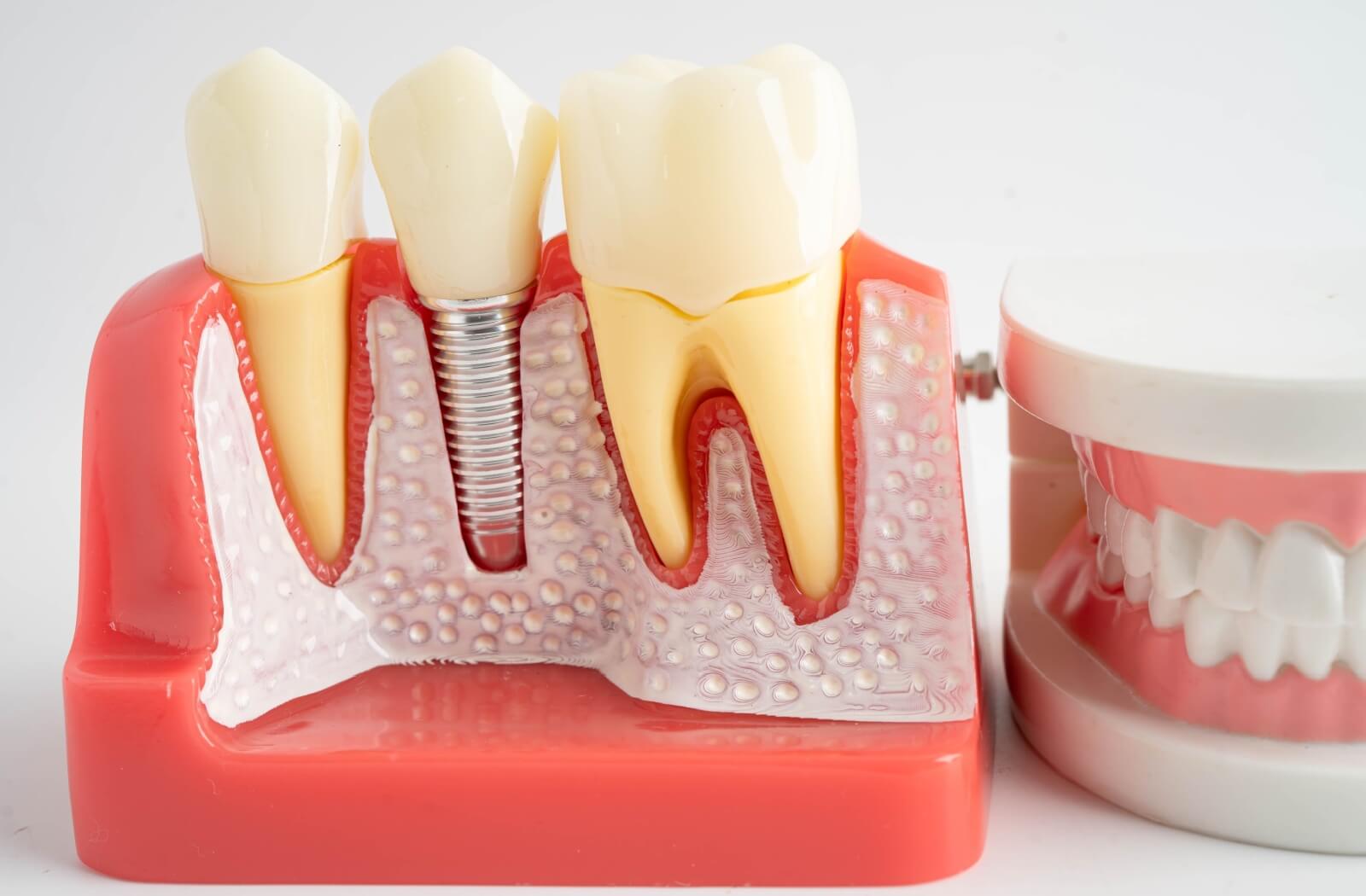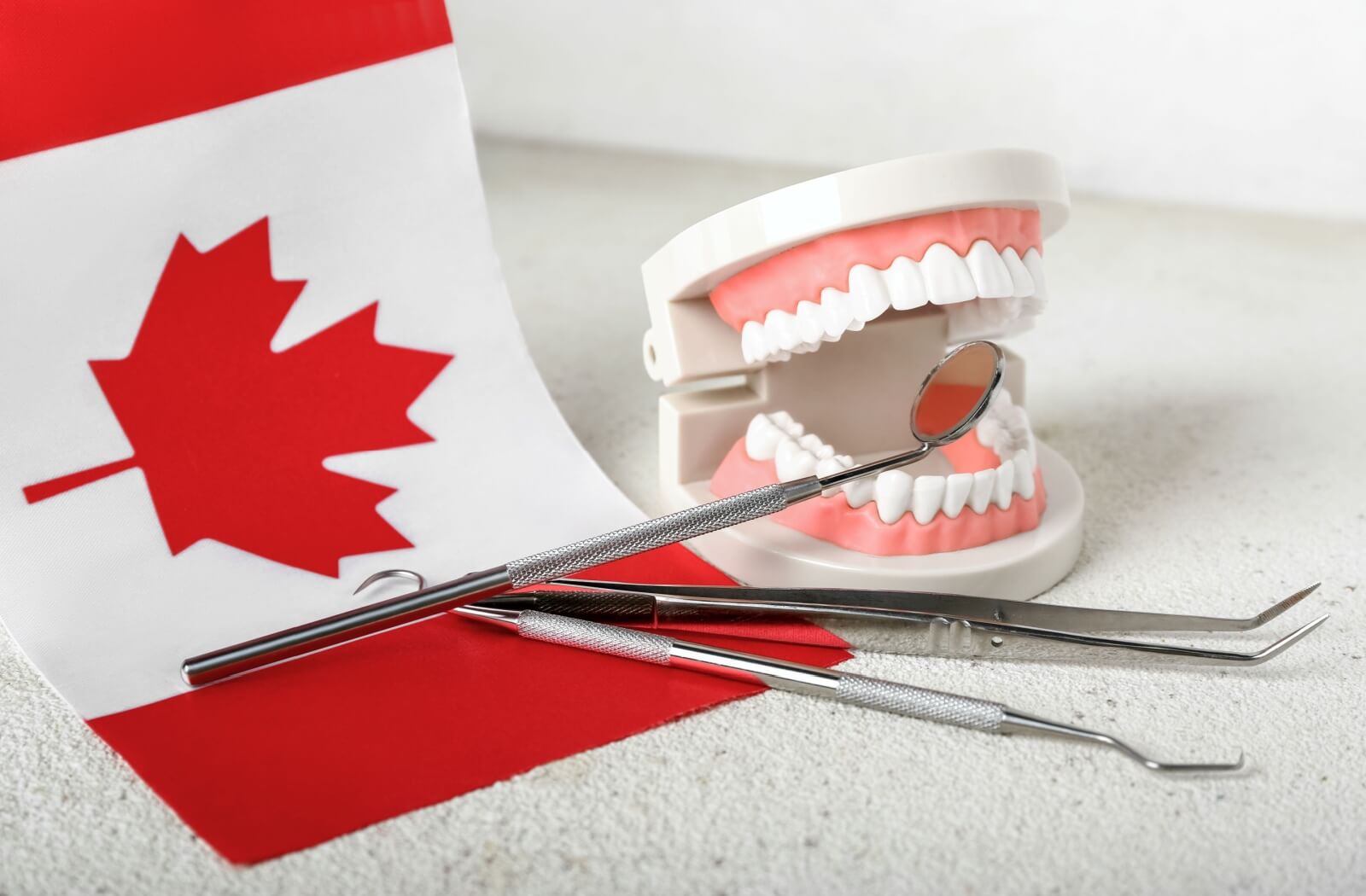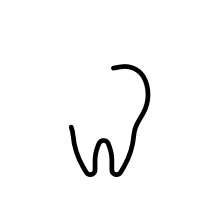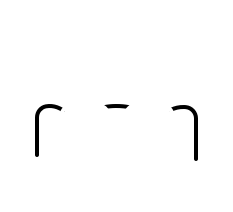

A Smile That Can Brighten the World
A child’s smile can brighten someone’s whole day. Upper Gage Dental Centre in Hamilton is committed to keeping that smile as bright and healthy as possible with our pediatric dentistry services.
As a parent, you have an important role in maintaining your child’s dental health, and our team is here to help you actualize the process of protecting and preventing complications with your child’s teeth. Prevention starts at home; developing healthy cleaning habits and proper nutrition go a long way when trying to help your child retain a healthy smile.
The First Visit to the Dentist
The Canadian Dental Association (CDA) recommends that children get their first dental examination within 6 months after their first tooth comes in, or by 1 year of age. This first visit will help you discover if the cleaning routine you have with your child is working, and will help your dentist detect current or developing issues with your child’s teeth.
During your child’s first visit, X-rays may be taken to give your dentist an idea of how your child’s primary teeth will come in, and if they are going to erupt properly. X-rays will also help your dentist determine if your child is experiencing any early childhood tooth decay once their primary teeth come in.
Subsequent Visits
Once your child’s permanent molars have erupted, your dentist may suggest protecting them with a plastic sealant to help guard your child’s teeth against cavities and tooth decay.
Your dentist will also start to look for misalignment and overcrowding of teeth in your child’s subsequent visits. Usually, overcrowding will disappear as your child’s jaw continues to grow, but in some cases, your child may develop a bite problem. If this becomes a concern during a visit, you and your dentist can discuss different treatment options available at Upper Gage Dental Centre.
Dental Exam Schedule For Children
After their first exam, children should receive a dental exam every 6 months to prevent any problems with their teeth from developing. A bi-yearly schedule will also help your dentist to catch small problems with your child’s teeth early on so they can be treated effectively.
Healthy Teeth Development
Typically, your child’s set of primary teeth will finish coming in when they are around 2 or 3 years old, and their permanent teeth will start to come in when they are 6 or 7 years old. If your child is experiencing any pain or discomfort when their teeth are coming in, you can:
- Rub the gums with a clean finger, or with the back of a small, cool spoon.
- Ask your dentist, pharmacist, or doctor to suggest an over-the-counter medicine to ease the pain.
Make sure that your child keeps up with a consistent oral hygiene routine, as a good cleaning routine can help prevent cavities and gum disease. Our team can help you and your child develop a routine that works for their specific dental needs.
Preventing Tooth Decay
Once your child’s first set of teeth come in, they become susceptible to developing tooth decay. Things like formula, fruit juices, and other liquids containing sugar can exacerbate the development of early childhood tooth decay, so try to limit your child’s intake of these drinks while they grow older. Some symptoms of tooth decay to look out for are:
- Toothache or pain that occurs without any apparent cause
- Tooth sensitivity
- Mild to sharp pain when eating or drinking
- Visible holes in your child’s teeth
- Brown, black, or white staining on any surface of your child’s tooth
- Pain when your child bites down
Making sure that your child attends regularly scheduled dental exams and cleanings is the most effective way to prevent and detect tooth decay.


Our Location
Our Address
- 1000 Upper Gage Ave, Unit 11
- Hamilton, ON L8V 4R5
Contact Us
- Phone: 905-387-3610
- Email: [email protected]
Centre Hours
- Monday: 9:00 AM – 5:00 PM
- Tuesday: 9:00 AM – 8:00 PM
- Wednesday: 9:00 AM – 5:00 PM
- Thursday: 9:00 AM – 8:00 PM
- Friday: 9:00 AM – 5:00 PM
- Saturday: 9:00 AM – 3:00 PM
- Sunday: Closed

Our Dental Services
Our Google Reviews

Which Is Better: A Tooth Implant vs Dental Bridge?
Dental BridgesDental HealthDental ImplantsOral Health ConcernsRestorative dentistryThere isn’t a one-size-fits-all answer to which is the better solution, as both implants and dental bridges aim to restore your smile, improve functionality, and prevent further oral health issues. They just do it differently. […]
What Is the Canada Dental Care Plan (CDCP)?
Dental Exams & CleaningsDental HealthResourcesRecognizing this, the Government of Canada introduced the Canada Dental Care Plan (CDCP), a federal program to provide dental care support to low-income individuals and families. […]
How Long Do Crowns Last?
Crowns, Oral HealthThe lifespan of a dental crown depends on factors like the material used, your oral hygiene routine, and daily habits such as chewing or grinding. […]
Which Is Better: A Tooth Implant vs Dental Bridge?

There isn’t a one-size-fits-all answer to which is the better solution, as both implants and dental bridges aim to restore your smile, improve functionality, and prevent further oral health issues. They just do it differently. […]
What Is the Canada Dental Care Plan (CDCP)?

Recognizing this, the Government of Canada introduced the Canada Dental Care Plan (CDCP), a federal program to provide dental care support to low-income individuals and families. […]
How Long Do Crowns Last?

The lifespan of a dental crown depends on factors like the material used, your oral hygiene routine, and daily habits such as chewing or grinding. […]







